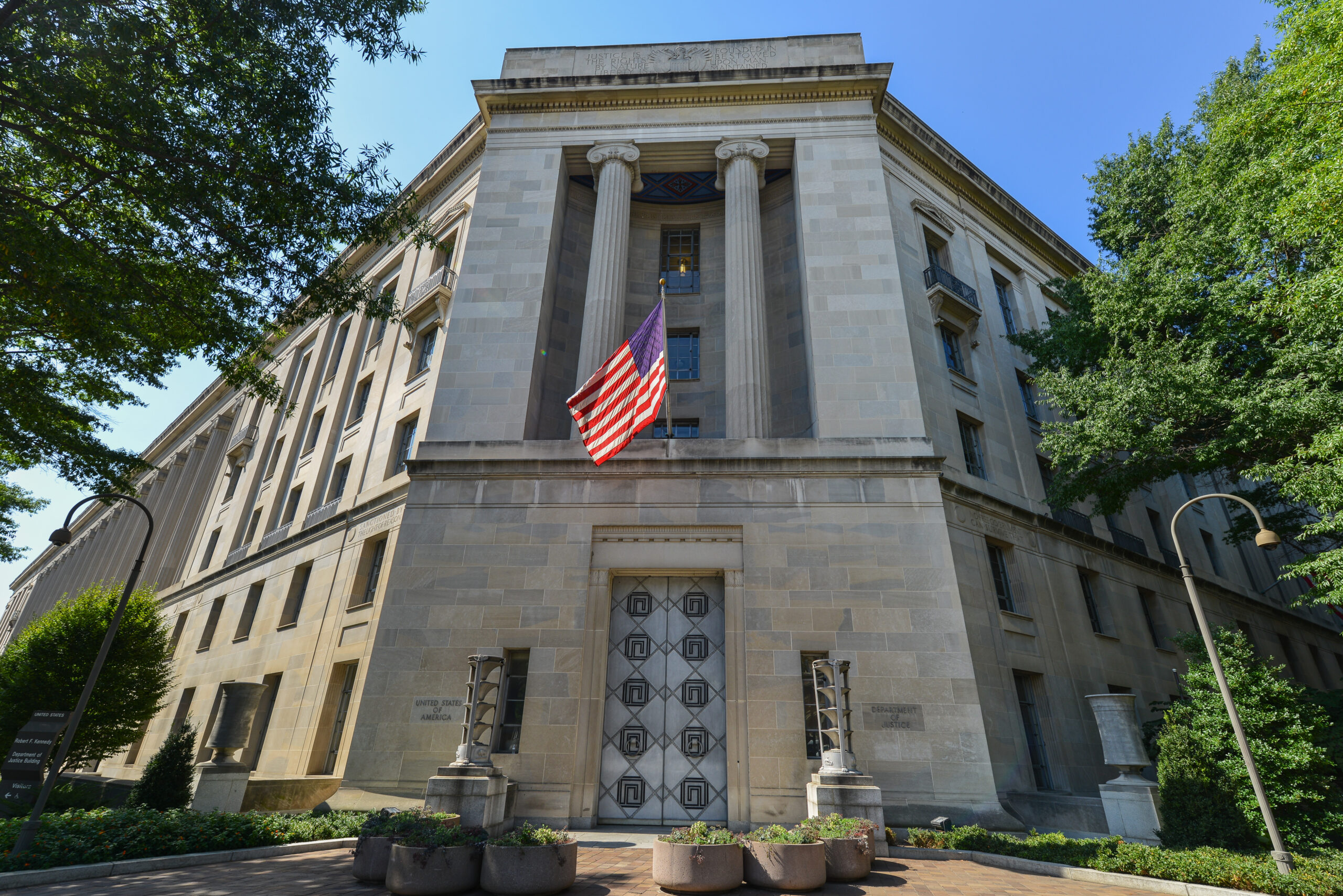In recent news that’s sending shockwaves through the financial compliance world, a meticulously planned and executed scheme to bypass the United States’ stringent money laundering regulations has come to light.
At the heart of this drama is a cautionary tale for all compliance officers and banking professionals about the dire consequences of faltering vigilance and the intricate dance between legal compliance and criminal exploitation of the financial system.
AML remains an ongoing challenge for both legal and financial workers. This case is significant given the amount of money that went undetected across a two year period. Gyanendra Asre abused his position of power for his own gain and this case is a warning to anyone who abuses that and fails to comply with the regulations in place. The US Department of Justice confirmed a guilty plea with Asre due to be sentenced in May.
The Mastermind and His Money Laundering Scheme
Gyanendra Asre, known as an “experienced specialist in anti-money laundering”, was senior vice president at a domestic bank. His actions were found to be intentional and far from coincidental.
He pleaded guilty in Brooklyn federal court to the charge of failing to maintain an anti-money laundering program, a direct transgression of the Bank Secrecy Act. This is not just another tale of white-collar crime, it’s a narrative of critical oversight and nefarious intent harboured within the confines of a financial institution.
The Scheme Unveiled
Operating in the seemingly inconspicuous realm of the New York State Employees Federal Credit Union (NYSEFCU), a small, unsophisticated financial institution, Asre stealthily manipulated a significant number of high-risk transactions, securing the passage of a staggering $1 billion through the credit union and other entities.
From 2014 to 2016, a complex operation was carefully planned to avoid detection and the filing of any suspicious activity reports, which is required by law. The illegal gains from this operation went beyond borders, using international smokescreens to appear legitimate, including funds allegedly originating from Mexican financial channels.
The Aftermath and Accountability
In the wake of Asre’s actions, the NYSEFCU liquidated in October 2017 after the National Credit Union Administration discovered “significant deficiencies” in regulatory compliance, a direct result of Asre’s actions.
However, the repercussions did not stop there. Asre was handed a $100,000 civil penalty by the U.S. Department of the Treasury’s Financial Crimes Enforcement Network and was subsequently banned from participating in any financial institution’s affairs for the next five years.
In addition to this, Asre will be sentenced following his guilty plea in May where he faces up to 10 years in prison. These actions hardly scratch the surface in amending the catastrophic chain of events set into motion.
The Broader Implications
This story serves as a wakeup call to the financial sector. It highlights the loopholes that can be exploited and the ripple effects of such lapses, impacting not only the involved institutions but also the economies they serve.
Asre’s story emphasises the importance of maintaining integrity and strengthening regulatory vigilance. It raises questions about the effectiveness of current compliance structures and protocols. Financial institutions and their compliance officers must continuously strengthen their defences, recognising that the fight against money laundering is ongoing, both internally and externally.
Law firms are in a similar position, it is essential they complete the necessary due diligence on clients but also adhere to the compliance regulations in place. Abusing a position of power for self preservation will have severe consequences as authorities across the world ensure regulations are met.
A Lesson in Vigilance and a Reminder for all Legal and Financial Sector Workers
As we wrap up this examination of financial wrongdoing, the key lesson is one of constant vigilance. In a high-stakes financial and legal landscape, we must hold ourselves to the highest ethical standards, strengthening our compliance measures not just as a reaction to breaches, but as an inherent and unwavering duty.
The case of Asre is not an isolated incident, it represents a broader pattern of financial crime. We’ve seen similar cases recently where people in positions of power have abused that for their own gain. Andrew Lynsey Jones was struck off recently for misleading clients and firms while Analiza Kjaer is awaiting her fate after being convicted of fraud having pocketed a £132,000 settlement due to her client.
Asre’s case is significantly damaging in more ways than one, a major issue is how he was able to go undetected for a sustained two year period. Regulators will always assess their practices and certainly amend them where necessary especially given the significant amount of money that went undetected. This case serves a stark reminder to all legal sector and financial sector workers that crossing that fine line between compliance and crime will have consequences.






